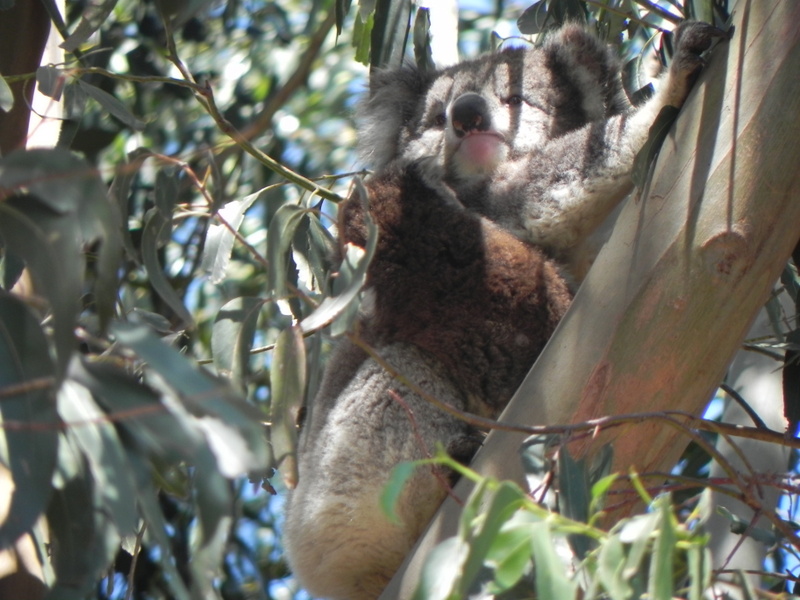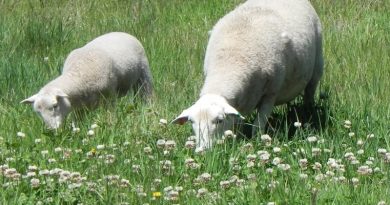Basics – Conservation
By Julie Francis
Moffitts Farm in the 1980s had only 10 native trees, and several other large trees that were exotic, including pines and cypresses, and some hedgerows of hawthorn. It has been rewarding to replant upwards of 10,000 trees and shrubs and watch the farm ecosystem and biodiversity change.
Conservation at Moffitts Farm is not viewed as something that occurs in a dedicated corridor or place set aside, but is occurring across the property. That said, we do have tree corridors on most fence lines and along the creek, and the livestock is kept away from these areas. But these are not the only parts of the farm that are for conservation.

We view our pastures as conservation areas too. Our paddocks will often go for three months without livestock grazing, then have a one week graze, and are then left alone again for two to three months. These paddocks are based on healthy soils with diverse microbial and insect communities. The grasses are habitat for more insects, ground dwelling birds, mice, frogs and reptiles, particularly skinks. These larger animals are eaten by birds of prey, that have now moved onto the property and nest in our few old trees. The pastures are also used as feeding grounds for kangaroos, which rest during the days in our treed areas.
It is important to understand that grazing is an essential part of the system, it keeps the plants growing and provides quickly degradable carbon in manure. There are many studies that show that there are limited conservation values in just locking up land and not allowing grazing (or something similar, like mowing), as the grass becomes stagnant, no longer growing, and the above and below ground biodiversity is limited in these systems. Grazing livestock the way we do actually increases ecosystem health because we encourage a greater carbon flow through plants, livestock and the soil food web.
Kangaroos only moved onto the property once we began farm forestry and created large blocks of trees as habitat. The forestry blocks have also attracted particular birds, like choughs and kookaburras, which we never saw before, and a variety of insects, and even tree frogs. Our traditional tree corridor conservation areas are now old enough to be self seeding, and we often find new trees growing. Koalas have moved onto the property, twenty years after we planted local manna gum seedlings along the creeks. We have also found that sugar gliders, frogs, fairy wrens and even one wombat have moved into the corridor areas. The mammals, and the nesting birds of prey had not been seen in the previous 20 years and it is likely they had been absent from this land for many decades prior to that.




